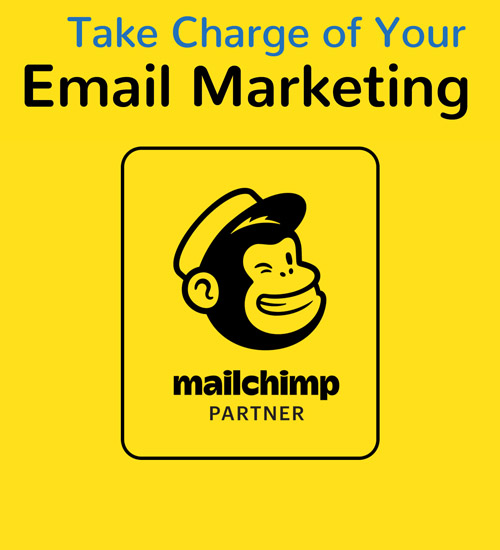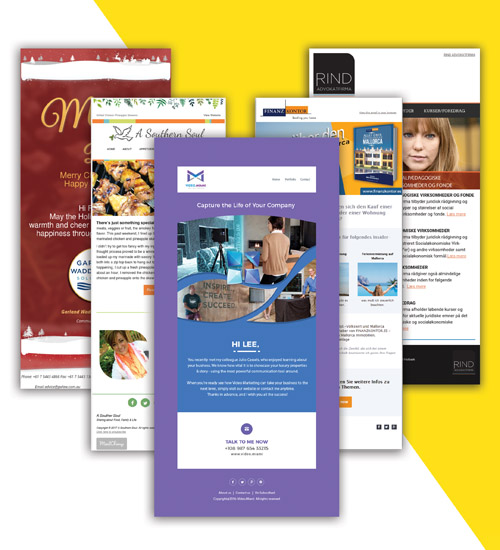Ahrefs is a common tool in the SEO community. If you have been in the digital marketing space for a while, you must have heard about them. So, when the Ahrefs CMO stated that 90.63% of websites get no traffic from Google – every marketer listened. The research was conducted using over 1 billion pages that Ahrefs had access to. Poor web design has a major role to play in the ineffective SEO of several of these pages.
Relying only on old-school techniques is not enough to get first page rankings on Google. In 2020, you will have to focus on the first principles of website designing & developing and proceed from there. The algorithms and crawlers being adopted are intelligent enough to look past the SEO gimmicks. What you need now, is a solid user experience which has been created on the basis of data and intent research.
So web design can definitely help you make your SEO efforts more efficient. Here are 5 simple ways to ensure this happens:
1. Start with the intent and integrate it with the CTA.
You can use some of the trendiest ideas for designing website in WordPress. You may spend several thousand dollars in curating the right content. And yet – you may end up with zero traffic.
As any Woocommerce expert will tell you, the key reason behind this is a lack of focus on user intent. It is very easy to get deviated by the ‘advanced’ nature of WordPress themes, without actually figuring out the intent.
“The website or landing page that you are planning to create, should be designed in line with the level of user journey it caters to. Having the right CTAs is a simple way to ensure this happens.”
So, instead of looking at the aesthetics of the WordPress themes, sit back and take a look at the user journey. The website or landing page that you are planning to create, should be designed in line with the level of user journey it caters to. Having the right CTAs is a simple way to ensure this happens.
For instance – if your user is in the very initial stages of identifying and solving her problems, she would be guides and tutorials. For this user, CTAs that read ‘Download Now’ and ‘Register Now’ that lead her to educational content will be more useful than ‘Buy Now’.
2. Focus on design efficiency for less loading time.
It is known in the SEO circles across the globe that loading time is a key parameter for organic Google rankings. Page load time has largely been attributed to internet speed, server integration and backend engineering. That said, it has a very strong relationship with the way the website is designed.
Many businesses are facing what can be called the ‘aesthetics syndrome’. You will find websites of WordPress website development agencies that don’t have a design optimized for fast loading time.
“Page load time has largely been attributed to internet speed, server integration and backend engineering. That said, it has a very strong relationship with the way the website is designed.”
You can ensure that you are taking care of this variable, by briefing your web design agency to optimize for faster loading time. Ideally, your website designing & developing agency will use CDN, simpler designs and clean-code practices to do so. You can use this Google tool to ensure that your website loading time is within the required limits.
3. Ensure the basics are not clunky – typography and colours.
Typography and colours are not the first things that come to mind when you think about SEO. The way you organize and design these elements will not have a direct impact on any SEO KPIs either. As a matter of fact, there has been no research linking a certain font size or a certain colour with better SEO rankings. But, it will have a deep impact on the user experience and that will affect your SEO results.
“As a matter of fact, there has been no research linking a certain font size or a certain colour with better SEO rankings. But, it will have a deep impact on the user experience and that will affect your SEO results.”
For instance – imagine a web page which carries white fonts on a yellow background. No matter how you adjust the webpage, you will not be able to read it properly. This will result in increased bounce rates and lower time spent on the website. Both these issues will severely hamper your SEO efforts and rankings.
4. Ensure everything is A/B Tested.
If you are preparing landing pages or microsites, A/B testing is critically important because these pages will lead traffic to your own main offerings. Hence, it is important to ensure that you are going for the most suitable elements.
Sometimes, proprietors don’t use A/B testing when they go for WordPress designing. This is not the best utilization of your resources. You are paying your design agency to help you customize the template. A/B testing will let you do this scientifically.
5. Optimize for phone “and” web.
It is not difficult to find blogs that talk about optimizing a website for the phone. But when you try to do so, you will see that there are additional costs to operating mobile websites. You might be attracted to shutting mobile websites, even if ecommerce website developers suggest otherwise, because you want to cut costs. Do not make that mistake, especially if you have exposure to a developing market like India.
“Flipkart, one of India’s largest ecommerce companies, had to go through the process of shutting, adapting and relaunching its mobile web operations. For a smaller business, the same mistake could’ve been existential.”
Flipkart, one of India’s largest ecommerce companies, decided to shut its mobile website in 2018 stating it will redirect traffic to the mobile app. A ton of traffic in India is still dependent on mobile websites for shopping, since not all networks are conducive to heavy ecommerce apps. As a result, Flipkart started a web-app program and relaunched its mobile website.
Not doing this would mean that a mobile user comes to your mobile website and then goes away, because you are trying to redirect traffic to your app. A large number of users doing so will attract penalty from Google.





